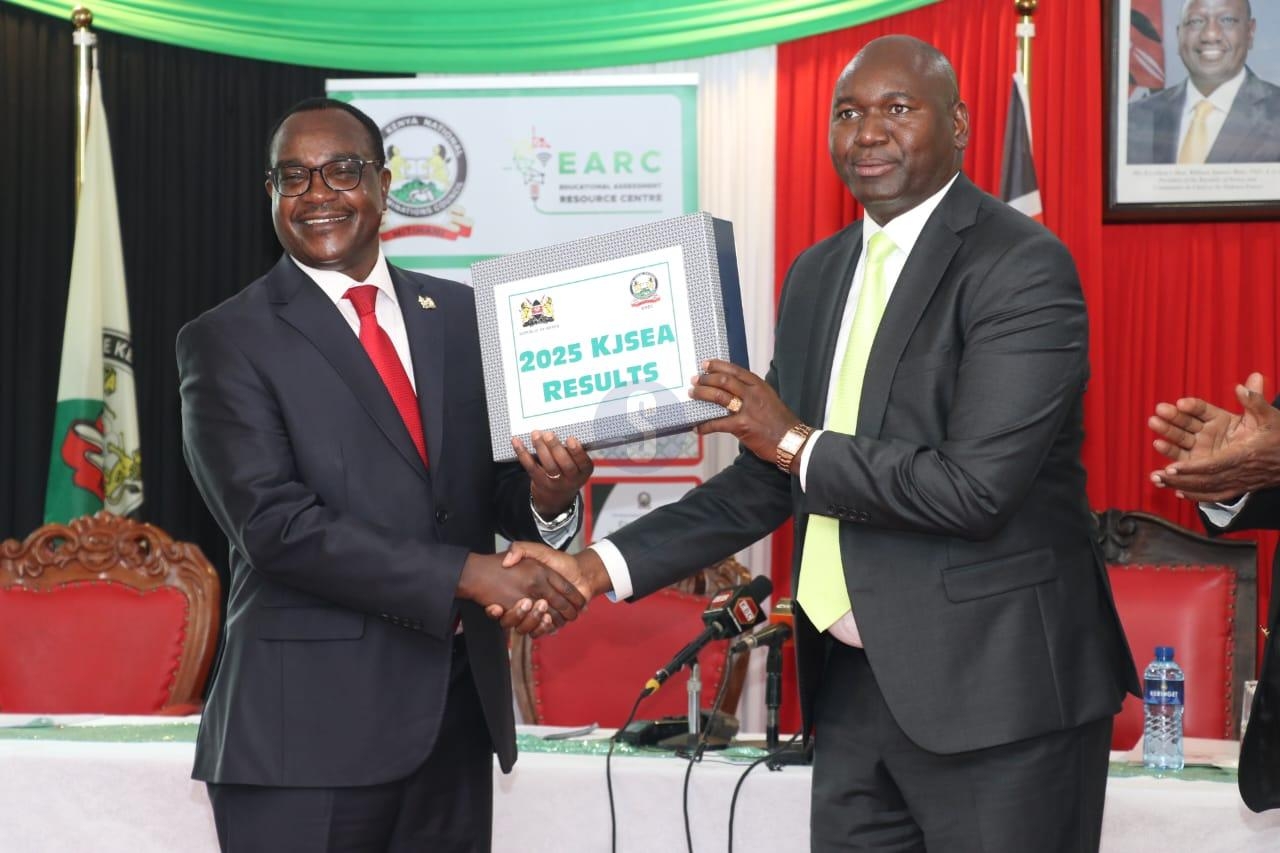It is difficult to imagine how injecting drug users would escape contracting HIV and Aids considering the environment in which they thrive, and the manner in which they administer drugs.
Truth is that because of the sharing of needles and sometimes even blood, they are at the highest risk of contracting the killer virus and even spreading it faster among themselves and others.
The risk of getting or transmitting HIV is very high if a HIV-negative person uses injection equipment that someone with HIV has used. This is because the needles, syringes or other injection equipment may have blood in them, and blood can carry HIV which can survive in a used syringe for up to 42 days, depending on temperature and other factors.
HIV prevalence rates are elevated among people who inject drugs in all parts of the world. In Kenya, the documented prevalence is approximately 18.7 percent, even higher than regional estimates.
Kenya was slow to initiate programmes for injecting drug users, but recognised the need for specialised services after a group of 100 addicts died from withdrawal during a heroin shortage in 2011, triggered by a crackdown on drug barons which forced injecting drug users to crawl out of the shadows seeking help.
In June of the following year, the government rolled out a programme that was aimed at distributing free syringes and needles to more than 50,000 injecting drug users across the country.
This also followed concerns by policymakers and experts who said the decision was reached following apprehensions over the spread of HIV and other blood-borne illnesses through injection drug use.
The government aimed to distribute some 8 million needles and syringes to drug users countrywide during the programme, and also encouraged HIV testing, provided antiretroviral drugs, condoms and medication for tuberculosis, the most commonly found co-infection with HIV.
Though controversial for being seen as an enabler of continued drug use among those injecting, several countries have syringe services programmes, also called syringe exchange programmes or needle exchange programmes.
They are places where injection drug users can get new needles and work, along with other services such as help with stopping substance abuse; testing and, if needed, linkage to treatment for HIV, hepatitis B and hepatitis C; and education on what to do for an overdose.
These programmes have been demonstrated to be an effective component of a comprehensive approach to preventing HIV and viral hepatitis among people who inject drugs, while not increasing illegal drug use.
Statistics from the United Nations Office on Drugs and Crime show that today, up to 10 percent of global HIV infections are due to injecting drug use. If sub-Saharan Africa is excluded, up to 30 percent of global HIV infections are due to injecting drug use. These statistics are a call to action for all countries where injecting drug use is endemic.
The number of Kenyans injecting heroin has surged in recent years as the country has become a major transit route for international drug cartels moving heroin from Afghanistan to Europe. This has led to narcotics spilling into the local market, sparking concerns that Kenya’s success in tackling HIV could be reversed.
It has been observed that stigma and punitive laws are some of the factors that hinder injecting drug users from accessing quality healthcare. In some cases, they are mistreated and turned away and in others, they are rejected and isolated by their close friends and family.
They are criminalised and seen as hopeless people and this leads them to fear asking for clean needles, as this can result in police harassment or criminal prosecution.
The odds are even worse when it comes to women who use drugs, since they often experience physical and sexual violence which puts them at risk of HIV. They are usually the last in a group to take drugs, meaning they are more likely to use a needle that has already been used and this predisposes them to contracting the disease easily.
It has been proven that harm reduction services aim to prevent HIV and reduce other harms associated with drug use, and that when embraced they can reduce the number of new HIV infections to practically zero.












